Scientific Information/Data
A paradigm shift is occurring in our understanding of how excess body fat affects joint health. At the heart of this new understanding, adipose tissue has emerged as a dynamic organ that releases several signaling molecules or mediators (e.g., adipokines).[1,2] These adipose-generated mediators “communicate” with cells of joint tissues, sending messages that result in changes to cartilage and synovial fluid that ultimately affect joint health, function, and comfort.[2] In a search to discover substances that can help change this cellular “communication” to a more healthy exchange, scientists tested a proprietary combination of hyaluronic acid and other glycosaminoglycans called Oralvisc®, which is the main ingredient in SynovX Metabolic.*
In a double-blind, randomized, controlled study, an evaluation of the effects of Oralvisc (80 mg/day) on multiple mediators associated with joint tissue changes in overweight individuals was undertaken. The results were very promising:
Leptin is an adipokine (or adipocytokine), a cell-to-cell signaling protein that originates from adipose. It is one of the central mediators being investigated as a metabolic component that affects joint health.[2] Leptin is not only thought to have synergistic actions with other damaging cytokines, including IL-1, TNFalpha, and IFN-gamma,[2] but it is also thought to affect joint tissues through activation of iNOS, stimulation of cartilage remodeling enzymes, induction of synovial membrane cytokines, and bone matrix regulation.[3] Increased levels of leptin have been observed in the chondrocytes, synovial fluid, and osteophytes of human subjects; and increased levels of leptin are thought to play a role in cartilage homeostasis.[2,4] It is postulated that supporting a reduction in levels of synovial and serum leptin will prove to be beneficial in cartilage homeostasis and turnover.*
Three months of supplementation with Oralvisc resulted in a significant (P < 0.05) decrease between initial and final—and between supplement and placebo—synovial and serum leptin levels, as measured by immunoassay.[5] In addition, the supplemented group lost an average of 1.21 lb compared to an average 1.65 lb weight gain in the placebo group. The researchers concluded that reducing leptin levels could be beneficial to cartilage homeostasis and turnover, and that the weight loss could be due to the decrease in leptin levels associated with healthy joint function and changes in overall metabolism.*
The effect of Oralvisc on weight loss and leptin levels was also observed in diet-induced obese mice. Oralvisc (3 mg/mouse/day) resulted in faster loss of body fat compared to placebo. At sacrifice, supplemented mice had a 30% lower adiposity index and a 40% lower circulating leptin level than controls.[6] Furthermore, preliminary research on mouse embryo fibroblasts suggested that Oralvisc can suppress adipogenic gene expression.*[7]
Cytokines and Chemokines are cellular communication mediators; some of these activate chondrocytes and synovia to break down joint extracellular matrix and trigger a cascade of damaging events.[8,9] As demonstrated in the clinical trial, Oralvisc supplementation resulted in a significant reduction in 12 serum and synovial cytokines and chemokines, including IL-1alpha, IL-1beta, and TNF-alpha, after the three-month period. In contrast, the placebo group did not display a reduction in these mediators; and, in some cases, the levels increased, suggesting progression of unhealthy catabolic signaling.*[9]
Glycosaminoglycans (GAGs), such as hyaluronic acid (HA), have numerous functions within joints. For instance, HA has visco-elastic properties that reduce friction between cartilage surfaces, and it has metabolic properties that are critical for homeostasis of the synovial fluid.[10,11] Damaging pathways triggered by signaling molecules result in changes to the synovial fluid environment and have been shown to result in an increase in HA turnover. When the researchers looked at the effect of Oralvisc on HA turnover in synovial fluid, they found that after 12 weeks of supplementation the mean rate of HA turnover declined by 45% (P = 0.046). In addition to the normalization in HA turnover, the researchers also noted that the dietary supplement supported joint comfort and function.*[11]
Bradykinin, a peptide produced in the synovial membrane, is responsible for stimulating nociceptors and initiating the cytokine response to cellular insult. Researchers found that Oralvisc supplementation resulted in significantly lower (P < 0.05) serum bradykinin levels (14.44 ng/mL versus placebo 15.06 ng/mL).*Likewise, synovial fluid bradykinin decreased significantly (P < 0.05) in the supplemented group (-0.6 ng/mL versus placebo +0.29 ng/mL).*[12]
The positive results observed for each metabolic parameter studied may have translated into the clinically significant improvements recorded in joint comfort and function as assessed by VAS (visual analog scale) and WOMAC (Western Ontario and McMaster Universities osteoarthritis index) scores.*[13]
*These statements have not been evaluated by the Food and Drug Administration. This product is not intended to diagnose, treat, cure, or prevent any disease.
References
1. Toussirot E, Streit G, Wendling D. The contribution of adipose tissue and adipokines to inflammation in joint diseases. Curr Med Chem. 2007;14(10):1095-100. [PMID: 17456023]
2. Issa RI, Griffin TM. Pathobiology of obesity and osteoarthritis: integrating biomechanics and inflammation. Pathobiol Aging Age Relat Dis. 2012 May 9;2(2012). [PMID: 22662293]
3. Iannone F, Lapadula G. Obesity and inflammation—targets for OA therapy. Curr Drug Targets. 2010 May;11(5):586-98. [PMID: 20199391]
4. Dumond H, Presle N, Terlain B, et al. Evidence for a key role of leptin in osteoarthritis. Arthritis Rheum. 2003 Nov;48(11):3118-29. [PMID: 14613274]
5. Wu W, Zvirbulis R, Zonca B, et al. An oral preparation containing hyaluronic acid (Oralvisc®) can significantly decrease the production of leptin levels in the serum and synovial fluid of osteoarthritic knee patients. Poster presented at: Orthopaedic Research Society (ORS) Annual Meeting. San Antonio, TX. January 26-29, 2013. [onfile]
6. Reynés B, Petrov PD, Serrano A, et al. A glycosaminoglycan rich commercial preparation used in osteoarthritis management favors fat loss in diet-induced obese mice. Ann Rheum Dis. 2014;73:1060. doi:10.1136/annrheumdis-2014-eular.5581.
7. Petrov PD, Granados N, Chetrit C, et al. Synergistic effects of a mixture of glycosaminoglycans to inhibit adipogenesis and enhance chondrocyte features in multipotent cells. Cell Physiol Biochem. 2015;37(5):1792-806. [PMID: 26584280]
8. Kapoor M, Martel-Pelletier J, Lajeunesse D, et al. Role of proinflammatory cytokines in the pathophysiology of osteoarthritis. Nat Rev Rheumatol. 2011 Jan;7(1):33-42. [PMID: 21119608]
9. Wu W, Pasierb M, Zonca B, et al. An oral preparation containing hyaluronic acid (Oralvisc®) can act systemically to decrease serum and synovial fluid levels of inflammatory cytokines and chemokines in osteoarthritic knee patients. Poster presented at: Orthopaedic Research Society (ORS) Annual Meeting. San Antonio, TX. January 26-29, 2013. [on file]
10. Ghosh P, Guidolin D. Potential mechanism of action of intra-articular hyaluronan therapy in osteoarthritis: are the effects molecular weight dependent? Semin Arthritis Rheum. 2002 Aug;32(1):10-37. [PMID: 12219318]
11. Li KW, Wu W, Emson CL, et al. An oral preparation containing hylauronic acid (Oralvisc®) can normalize the turnover of hyaluronic acid in synovial fluid of osteoarthritic knee patients. Osteoarthritis Cartilage. 2013 April;21(Suppl):S217. doi:10.1016/j.joca.2013.02.449.
12. Nelson F, Zvirbulis R, Zonca B, et al. An oral preparation containing hylauronic acid (Oralvisc®) can reduce osteoarthritis knee pain and serum and synovial fluid bradykinin. Osteoarthritis Cartilage. 2013 April;21(Suppl):S150. doi:10.1016/j.joca.2013.02.320.
13. Nelson F, Zvirbulis R, Zonca B, et al. The effects of an oral preparation containing hyaluronic acid (Oralvisc®) on obese knee osteoarthritis patients determined by pain, function, bradykinin, leptin, inflammatory cytokines, and heavy water analyses. Rheumatol Int. 2015;35:43–52. doi:10.1007/s00296-014-3047-6


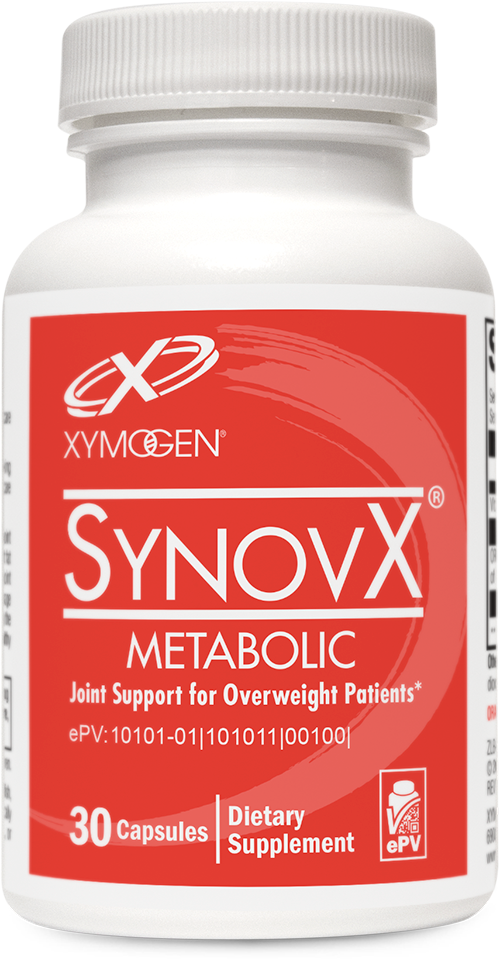
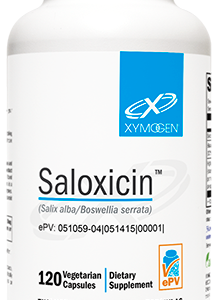
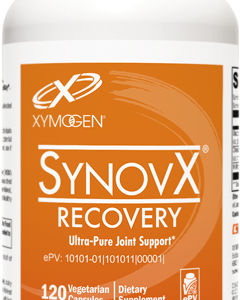
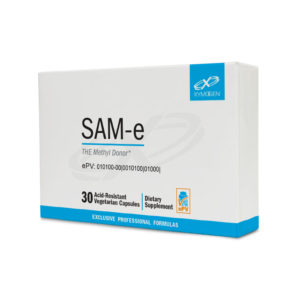
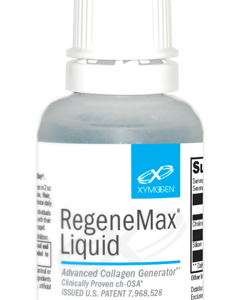
Reviews
There are no reviews yet.